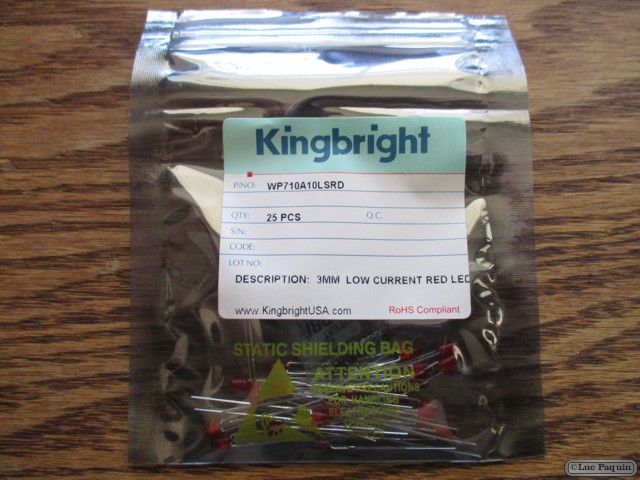SparkFun: PRT-00731
Description: This is a very small, extremely light weight battery based on the new Polymer Lithium Ion chemistry. This is the highest energy density currently in production. Each cells outputs a nominal 3.7V at 110mAh! Comes terminated with a standard 2-pin JST-PH connector – 2mm spacing between pins. These batteries require special charging. Do not attempt to charge these with anything but a specialized Lithium Polymer charger.
Battery includes built-in protection against over voltage, over current, and minimum voltage. Please use caution when using this battery in wearable projects. When using conductive thread, a short in the thread can create sparks and heat. We recommend using coin cell batteries for beginners.
Note: Be careful with the JST connectors. They can stick in pretty good and tugging on them can damage the connector.
Dimensions: 5.7x12x28mm
Weight: 2.65g
Features:
- Excellent long-term self-discharge rates (<8% per month)
- Robust power source under extreme conditions (-25 to 60C)
Don Luc






































